Winter is not only beautiful and joyful but also snowy and icy, which means shoveling the driveways, sidewalks, and pathways. A snow blower is a great tool for dealing with heavy snow but it has to be used correctly to prevent frustration, damage or even injury. One key to proper snow blower operation is using the right snow blower parts and performing regular maintenance. Some of the common mistakes that most homeowners make while operating their snow blowers include the following. In this blog post, we will discuss nine of the most frequent mistakes people make when operating snow blowers, why they occur, and how to prevent them.
Mistake 1: Waiting Until It Stops Snowing Completely
One of the most common mistakes people make include waiting until the snow has ceased to fall before using their snow blower. One might think that it is better to wait until the snow has stopped falling to avoid having to clear the same area multiple times, but this approach only complicates the task in the future.
At first, you might expect that waiting for all the snow to gather will be more effective in the long run. Also, many people do not want to use the snow blower more often than is necessary, and they believe that waiting for the storm to be over will help them avoid using it.
Here’s What to Do:
Clear snow in stages: As soon as the snow begins to accumulate and isn’t too deep, start clearing it. By doing so, you’ll prevent the snow from compacting into a thick, hard layer that is much more difficult to clear.
Avoid piling up too much snow: If you wait too long, the snow can become heavy, wet, and packed down, making it much more challenging to clear. Shovel or blow it when it’s fresh, light, and fluffy for maximum efficiency.
Mistake 2: Not Removing Debris Beforehand
People often make a mistake by not removing branches, rocks, and other objects from the path before they use their snow blower. Many people don't remember to look for debris on their driveway or walkway, especially when snow has already fallen and covered everything. You might think the snow will hide the mess, or that you can clean it up later without any problems.
Here’s What to Do:
Inspect your path before starting: Walk through the area you plan to clear and remove any debris or obstacles that might damage your snow blower or impede its progress.
Check regularly: Even after you’ve started, keep an eye out for new debris that may have blown into your path during the storm. Catching these things early can save you from costly repairs.
Having trouble keeping your snow blower in top condition this winter? WholeToolBox has you covered with a wide range of premium replacement parts like auger belts, shear pins, and scraper bars. Keep your equipment running smoothly and efficiently all season long.
Mistake 3: Using Old Fuel
Not using fresh fuel for a snow blower is one common mistake people make, especially when their equipment hasn't worked all year. Fuel doesn’t last forever. Gasoline loses its quality over time, making your engine run poorly, start up harder, and potentially harm the machine. But some people don't know that fuel can go bad when it stays unused for several months between winter seasons.
Here’s What to Do:
Use fresh fuel: Always use fresh, high-quality fuel when starting the season. If you're storing your snow blower for an extended period, it’s a good idea to empty the fuel tank or add a fuel stabilizer to preserve the fuel.
Check fuel before each use: If you haven’t used the snow blower for a while, check the fuel to ensure it hasn’t gone bad. If it smells sour or looks cloudy, it’s time to replace it.
Mistake 4: Ignoring the Wind Direction
Not considering the wind direction when using your snow blower is a mistake that many people overlook. This can result in blowing snow back onto the area you’ve already cleared, making it seem like you haven’t done anything at all. You might be focused on clearing your path and not paying attention to where the snow is being blown. Wind direction can easily change during a snowstorm, so the snow may drift in an unexpected direction.
Here’s What to Do:
Mind the wind: Before you start clearing, check the wind direction. Try to position yourself so that the snow is blown away from areas you’ve already cleared, not toward them.
Adjust your stance: If the wind picks up while you’re working, adjust your position to avoid blowing snow back on cleared sections.
Mistake 5: Failing to Perform Regular Maintenance
Failing to perform regular maintenance on your snow blower can lead to serious issues, including poor performance and breakdowns. After using the snow blower season after season, it's easy to forget that regular maintenance is key to keeping the machine running smoothly. Many people neglect to check for worn-out belts, clogged fuel lines, or spark plugs that need replacing.
What to Do:
Pre-season check-up: Before the first snowfall, inspect your snow blower. Look for any obvious signs of wear, clean the chute, check the oil, and replace any parts that seem worn out.
Post-season storage: After the season is over, give your snow blower a thorough cleaning, drain the fuel, and store it in a dry place. This will ensure that it’s ready to go when the next snowstorm hits.
Check out this: Snow Blower Maintenance: How to Fix Common Issues
Mistake 6: Overloading the Snow Blower
Trying to clear too much snow at once is a common mistake that can damage your snow blower and leave you frustrated. When faced with heavy snow, it can be tempting to tackle a large area all at once. Many people assume that their snow blower can handle more snow than it can actually clear efficiently, pushing it beyond its capabilities.
What to Do:
Go slow and steady: If you're clearing deep snow, work in smaller sections. Allow the snow blower to do its job without forcing it. Overloading it can cause clogs, engine strain, and potential damage.
Check the snow blower's specs: Make sure you're not exceeding the machine’s recommended snow depth or clearing speed.
Mistake 7: Not Checking the Snow Blower’s Safety Features
Neglecting to check and understand the snow blower’s safety features can lead to serious injury or malfunction. People sometimes overlook safety features in their rush to get the job done. Whether it’s a simple safety switch or a more advanced feature, not taking the time to familiarize yourself with your snow blower’s safety mechanisms is a dangerous oversight.
What to Do:
Read the manual: Take the time to read the snow blower’s user manual, paying particular attention to its safety features, such as the safety switch, chute deflector, and emergency shut-off functions.
Follow safety protocols: Always turn off the engine and unplug the power source before clearing a clog, and never put your hands near the moving parts of the snow blower.
Mistake 8: Using the Wrong Type of Snow Blower for the Job
Using a snow blower that isn’t suitable for the type of snow or the area you're clearing is a mistake that can lead to poor performance or even damage to your equipment. People sometimes purchase snow blowers based on price or convenience, not considering the specific needs of their property. For instance, a single-stage snow blower might not be effective for heavy, wet snow or large areas.
What to Do:
Choose the right machine: Before buying, consider factors like the amount of snow you typically get, your driveway size, and the type of snow (light, fluffy, or wet and heavy). Single-stage snow blowers are ideal for light snow and smaller areas, while two-stage and three-stage models are better for larger, deeper accumulations.
Upgrade when necessary: If you find that your snow blower is consistently struggling to handle the snow conditions, it may be time to upgrade to a more powerful model.
Mistake 9: Improper Storage After Use
Improperly storing your snow blower during the off-season is a common mistake that can shorten the life of your machine. After a long winter of clearing snow, it’s easy to simply park the snow blower in a shed or garage and forget about it. However, neglecting to store it correctly can lead to rust, fuel issues, or engine problems.
What to Do:
Clean and maintain: Before storing, clean the snow blower thoroughly, remove any residual fuel, and check for any needed repairs.
Store in a dry place: Always store your snow blower in a dry, sheltered place to prevent rusting and damage from moisture.
By avoiding these common mistakes, you can ensure that your snow blower operates at its best, season after season. Regular maintenance, proper usage, and timely repairs will not only help you clear snow more efficiently but will also extend the life of your machine. Taking a little extra time to prepare and care for your snow blower can save you a lot of frustration and effort when winter weather hits. Stay safe, and happy snow clearing!
FAQs
Should I spray my snow blower with WD-40?
It’s not recommended to spray WD-40 on your snow blower as it can attract dirt and grime; instead, use a silicone-based lubricant designed for snow blowers.
Should you dry off your snow blower after each use?
Yes, it’s a good idea to dry off your snow blower after each use to prevent rust and corrosion, especially if it’s wet or snowy.
What is the proper way to use a snow blower?
To properly use a snow blower, start by reading the manual, clear the area of debris, choose the correct speed for the snow conditions, and always operate it safely, maintaining proper stance and attention to wind direction.

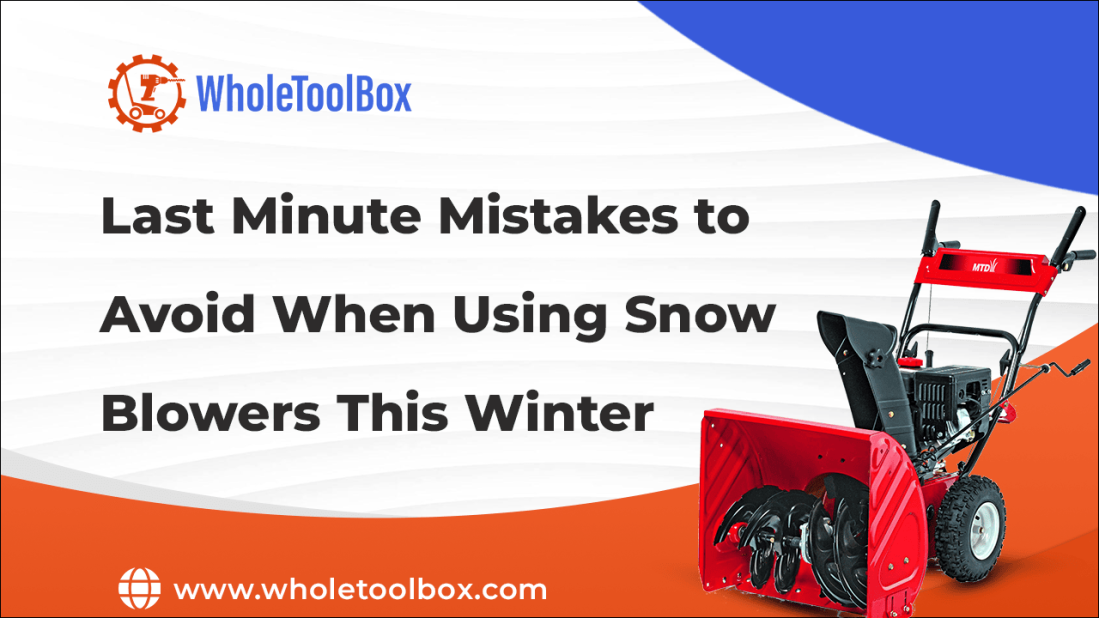
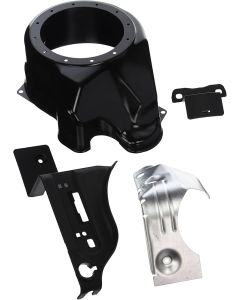
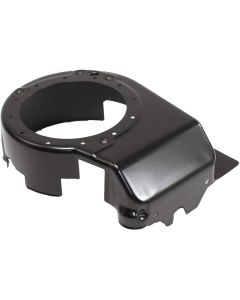
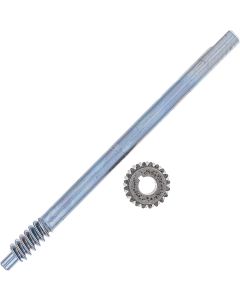
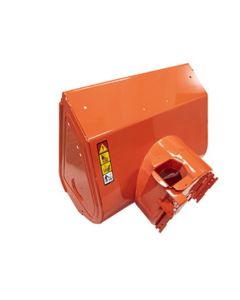
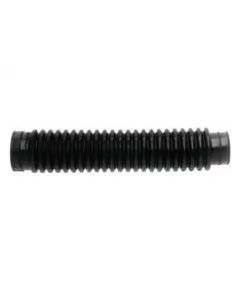


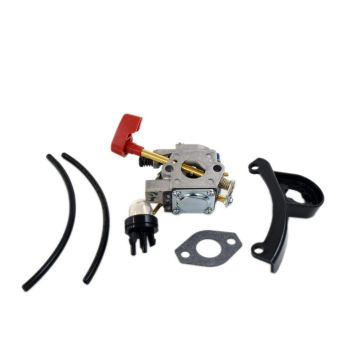
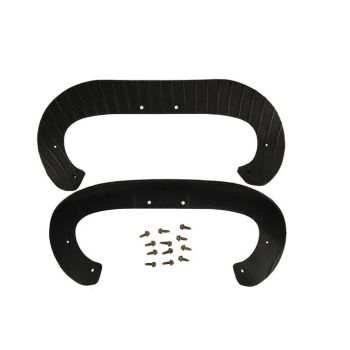
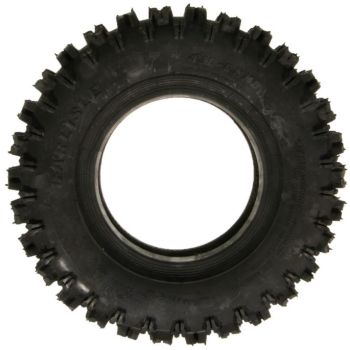
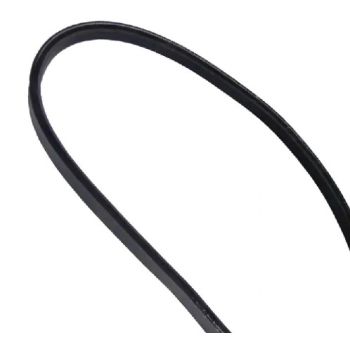
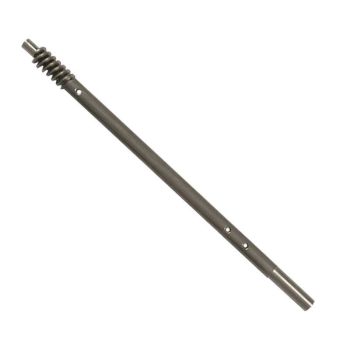
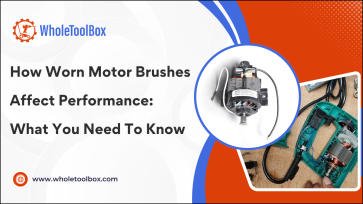
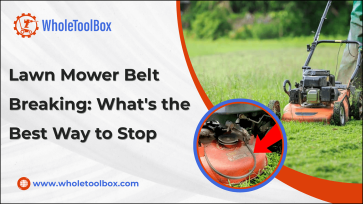



Validate your login